365 Days Of Eating Only From Our Homestead, And How We Did It.
Guess what? So can you.
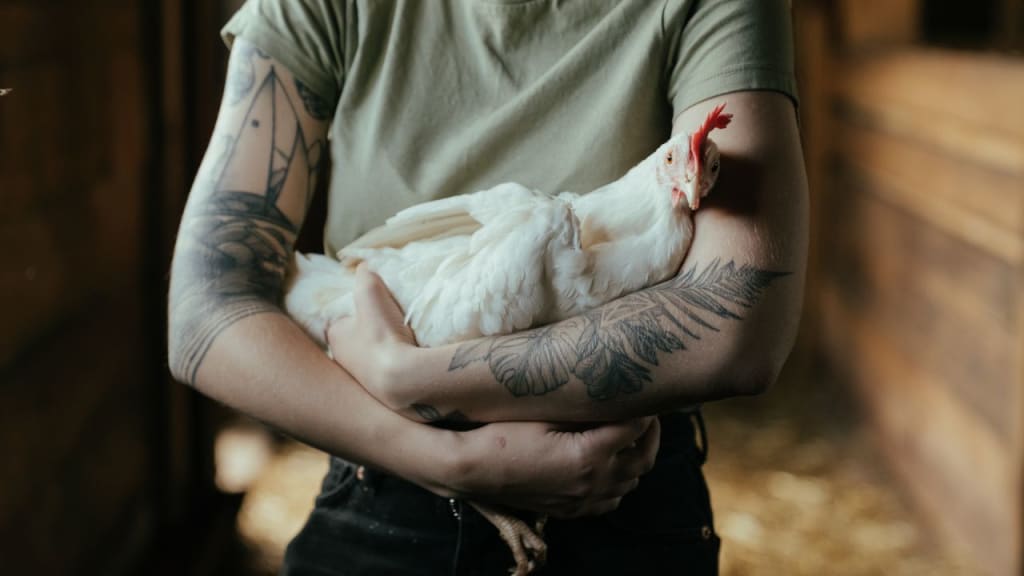
This was our third year on our 20-acre self-sufficient homestead, and we worked hard to cultivate enough food to support our family for the entire year. We've come a long way, supplying up to 90% of our own food with a basement full of root crops, freezers full of meat fruit, and plenty of dried and canned goods foraged or grown in the garden to keep us going all year. Not all of the 20 acres are usable yet, covered in hardwoods, poison ivy, and wild roses. About 5 acres is all we can use at this time.
How did we get here?

In the summer of 2019, our formerly suburban Florida family purchased a foreclosed 20-acre hunting camp in Upstate NY, patched it up, and moved in just in time for the first winter I'd ever seen. That first year on the farm was a blur, but we still managed to set up a rotational grazing system with a couple of goats and start a large garden plot area. We wanted to take it to the next step and see if we could feed our family year-round and develop a more self-sufficient farm.
What would we grow?
Tomatoes, carrots, and other seasonal crops were in our wheelhouse, but how do you grow enough food to sustain a family of five all winter?
Carol Deppe's book The Resilient Gardener, which we read that first winter, provided a significant piece of the puzzle. It centered on five crops to grow: corn, beans, squash, potatoes, and poultry eggs for protein. That's when the lightbulb went off!
Unlike the ordinary garden vegetables we had previously grown, these were hearty storage crops that could be stored and preserved for weeks, if not months. Our forefathers would have cultivated, stored, and eaten these foods to last much beyond the growing season.
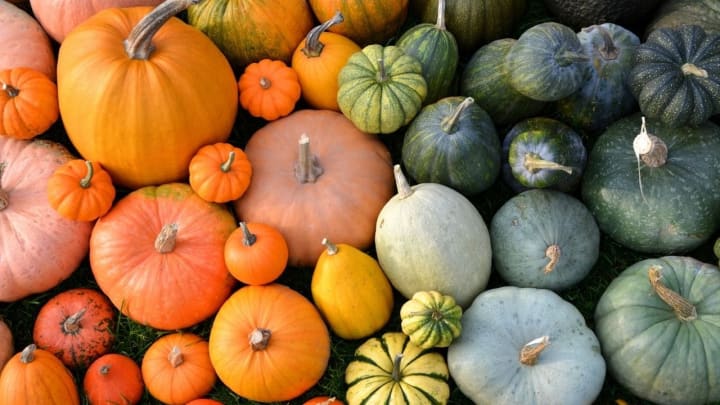
We knew we could do it because other people were doing it on their self-sufficient homesteads. And concentrating on storage crops like corn, beans, squash, potatoes, and eggs was going to get us there.
So that's where we'll be focusing our efforts for the growing season. There is still one huge obstacle:
How do we cultivate and store enough food for the winter?
We'd previously grown corn, beans, squash, and potatoes, so we were familiar with the process. But nowhere near the magnitude required to see us through the winter until the following growing season.
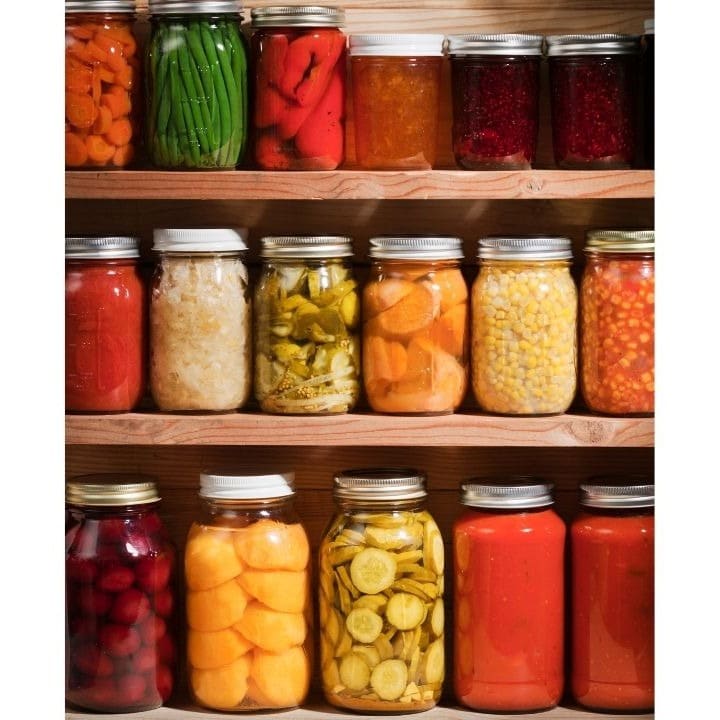
We needed a strategy and found the Three Sisters growing. Although we were familiar with the term, we had never investigated the "why" behind this tactic. The Three Sisters is a traditional Native American technique for cultivating corn, beans, and squash together in harmony.
For decades, Native Americans relied on the abundance of these three plants growing in tandem to supply fresh crops to fuel themselves throughout the winter. After the corn has been planted and established on a mound, the beans are planted around it, with the corn acting as a natural trellis. Beans, being legumes, fix nitrogen back into the soil, which corn needs for growth. The squash is then planted between the mounds and acts as a large canopy of mulch, keeping the entire system moist throughout the hot, dry summers.
We intended to plant potatoes in addition to the three sisters garden. So we ordered a bunch of seed and began to sketch out a rough plan for how it would all come together.
How we produced thousands of pounds of food by cultivating a garden with three sisters and potatoes:
On our 5 usable acres, we dug out an approximately third-acre area of a former horse pasture and planned it all out. Two 150-foot rows, roughly 4 feet wide, were tilled up in preparation for planting the three sisters. We built mounds every 4 feet to plant the maize and beans on, and squash was planted between each mound.
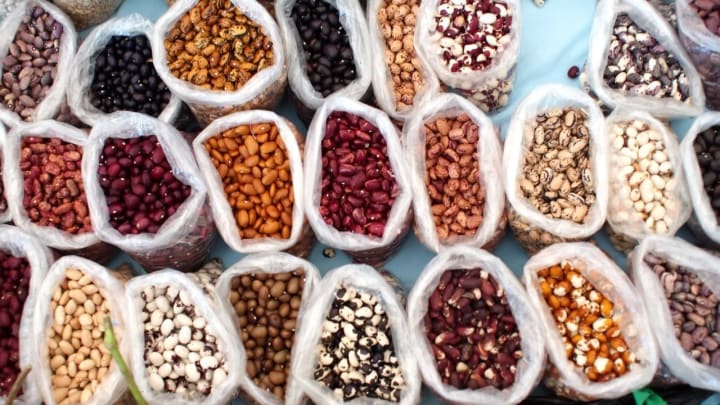
We next tilled up three more rows of comparable size to sow potatoes. Based on previous experience, we used the 1:8 rule, which states that every 1 pound of potatoes planted should yield approximately 8 pounds of potatoes. So we planted about 50 pounds, believing we'd receive 400–500 pounds to last our family of five for the year.
It took a lot of effort to get this garden set up. And, given that this was our first time, we could have done things a little better. Fortunately, the old horse pasture was super fertile, and everything thrived. We ended up with almost 1,100 pounds of potatoes, 300 pounds of squash, 7 quarts of dry storage beans, and enough corn to last us a decade.
What else did we have stored before winter?
We also created a vegetable garden that was 30' by 20', where we were able to preserve over 90 pints of tomato sauce, 18 heads of cabbage, and 80 to 100 pounds of beets and carrots.

We also foraged or gathered other fruit locally, including black raspberries, cherries, strawberries, and grapes. With the addition of ground cherries and rhubarb from our garden, we had a significant portion of our freezer put aside to keep fresh fruit arriving when in-season fruit was unavailable. We canned a few jars of jams and sauces, but the majority were frozen, yielding approximately 36 quarts of frozen fruit.
Together with 50 cups of frozen pesto, we also collected and dried four quarts of nettle, lemon balm, mushrooms, and mint.
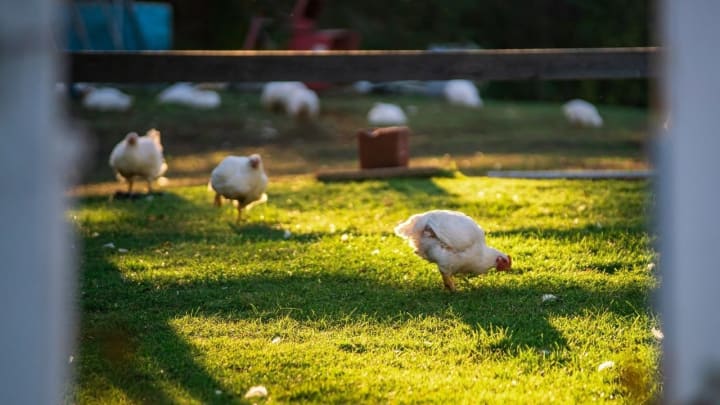
In terms of meat and dairy, we had:
- A beef cow
- 25 meat chickens
- Our family milk cow, which we milk every day, provides us with a steady supply of milk, butter, cheese, yogurt, and other dairy products.
- 20+ laying hens for a plentiful egg supply
- We built a chicken tractor for our broilers and were really pleased with it. We adjusted ours to add a metal top to last longer, but the basic idea of the chicken tractor is amazing.
Whew! We were well-stocked for the fall and winter. There's no getting past the truth that getting there required a lot of hard work and man hours. Because it was our first year really working the farm, we had to set up or develop all new systems. Gardens, poultry coops, fences, and food storage are all options. We learned a lot, worked a lot, and grew a lot in our first year on the farm.
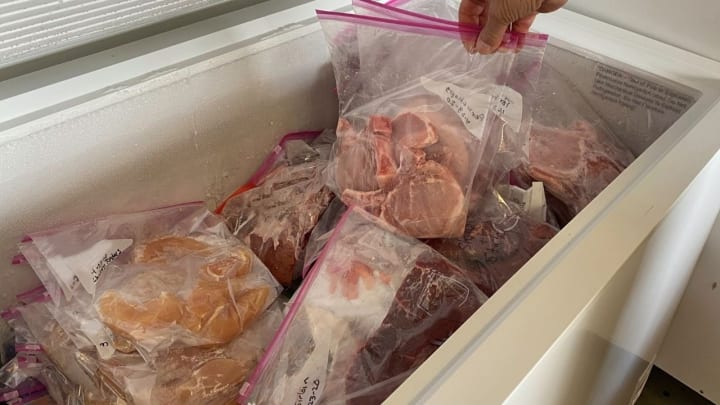
How are things going now?
We are a few weeks into April 2024 and haven't gone grocery shopping since early August of last year. We haven't had to because we have so much food in storage. It's like we have a grocery store in our basement!
We're concentrating on eating what we've got. It took some ingenuity to prevent redundancy.
For the time being, we have eliminated other foods that we would normally rely on in the winter but cannot grow or acquire locally (for example, avocados, bananas, and all the other fruits and vegetables that fill grocery store shelves). But we haven't missed them all that much!
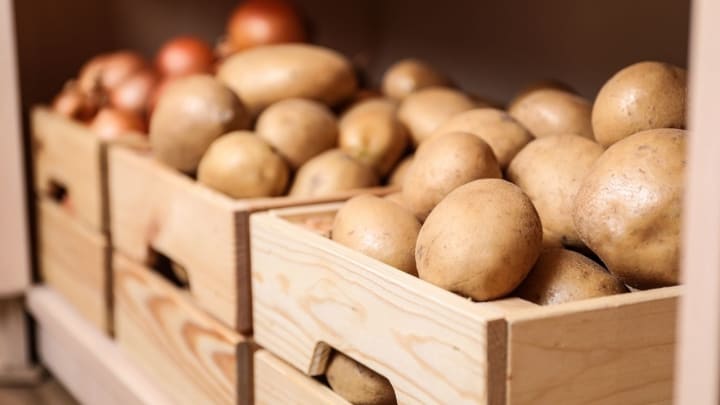
What do we eat on our farm all winter?
With basically the same foundation ingredients, this is where experimenting with different sauces, flavors, meats, and sides can really help keep things interesting. Here's a quick rundown of what meals have looked like:
We still buy some things in bulk, such as organic oats from Costco and grains from a local mill for sourdough, sugar, salt, flour, etc. We buy and use arrowroot flour and coconut flour in our baking because the majority of what we prepare is gluten- and grain-free. We will also buy spices, baking soda, and cacao powder from the shop if necessary.
Is it worthwhile to homestead?
The answer for us is a humble and confident "YES!"
One: it allows us to live a very simple, low-cost lifestyle without relying on a lot of money. We spent about $40 per month on groceries on average during the last year for things we haven't grown. We'll splurge this Thanksgiving for a turkey, but it'll be fresh from my neighbor.
Two: We recognize that this lifestyle is not for everyone, but it is consistent with everything we believe in. Moving your body, being outside, living seasonally, shopping locally, and bartering with neighbors are all good ways to spend your time. We live in plenty and are grateful for what has been given to us.
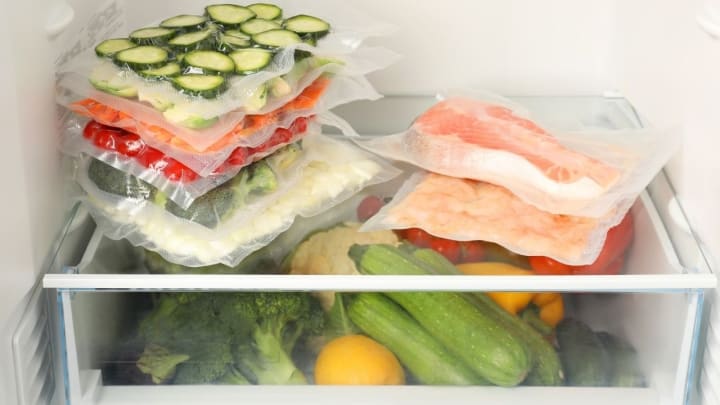
Three: It's a family effort, and we like involving our kids in the entire process—planting, weeding, harvesting, feeding, butchering—they've seen and done it all. As a result, they get an incredible deal on the food on their plate. Nothing is thrown out, and they truly believe this.
What do we intend to do differently next year?
We intend to cultivate many of the same crops in 2024, but ideally in a wiser, more streamlined manner. This last growing season, we were continuously battling to keep our heads above water. Furthermore, we grew far more food than we required without a plan for how to deal with the excess.
Having said that, we intend to cut back this year, particularly on the three sisters garden and potatoes, to what appears to be reasonable for our household. In addition, we intend to design our vegetable garden more carefully in order to grow a range of vegetables that we both like eating and growing.
We want to concentrate on perennial plants and foraging. Nettle, raspberries, and a plethora of other incredibly nutritious and therapeutic crops sprout up all around us year after year, and we look forward to learning more about how we might include more of them. We planted 16 fruit trees last year and want to plant another 10 this year.
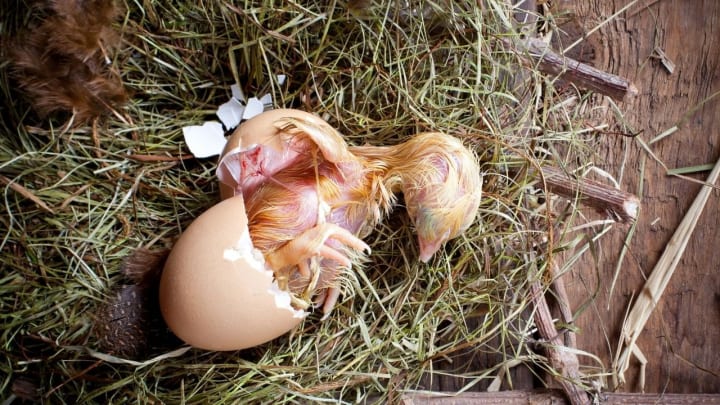
Most importantly, we want to have a good time! Our first real year will be remembered as a year of hard, tireless work. Sure, there were plenty of laughs and memories along the way. But we know it's not a sustainable pace in the long run. So, in the coming year, we invite greater simplicity and smiles, taking the lessons we've learned and applying them to just what we need.

Citations:
Originally published on my Rootbound Homestead blog: https://original.newsbreak.com/@rootbound-homestead-1599498/3196072475939-one-whole-year-eating-entirely-from-our-homestead-and-how-we-did-it
About the Creator
Richelle Gerner, Rootbound Homestead
Rootbound Homestead is a community bound by roots. Leaving our old comfy life in FL to move to NY to start living cleaner, more simply, and with purpose. Garden hacks, tips and tricks, natural medicine, healing, animals, recipes and more!






Comments
There are no comments for this story
Be the first to respond and start the conversation.